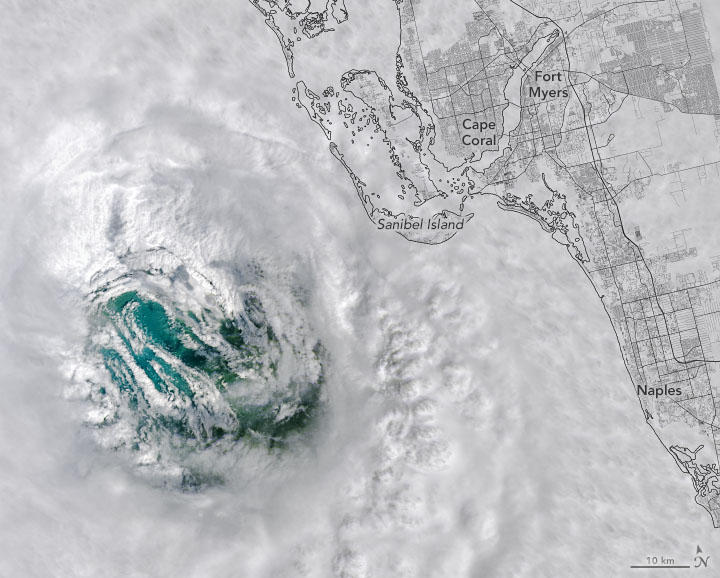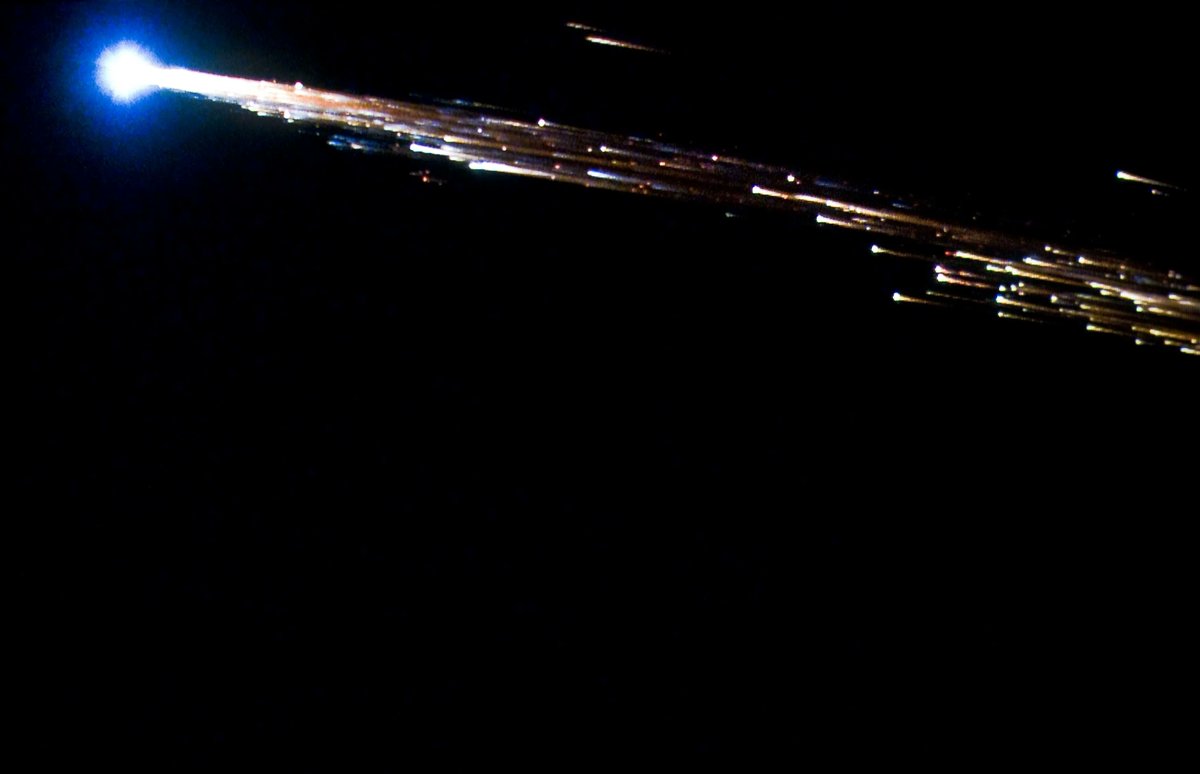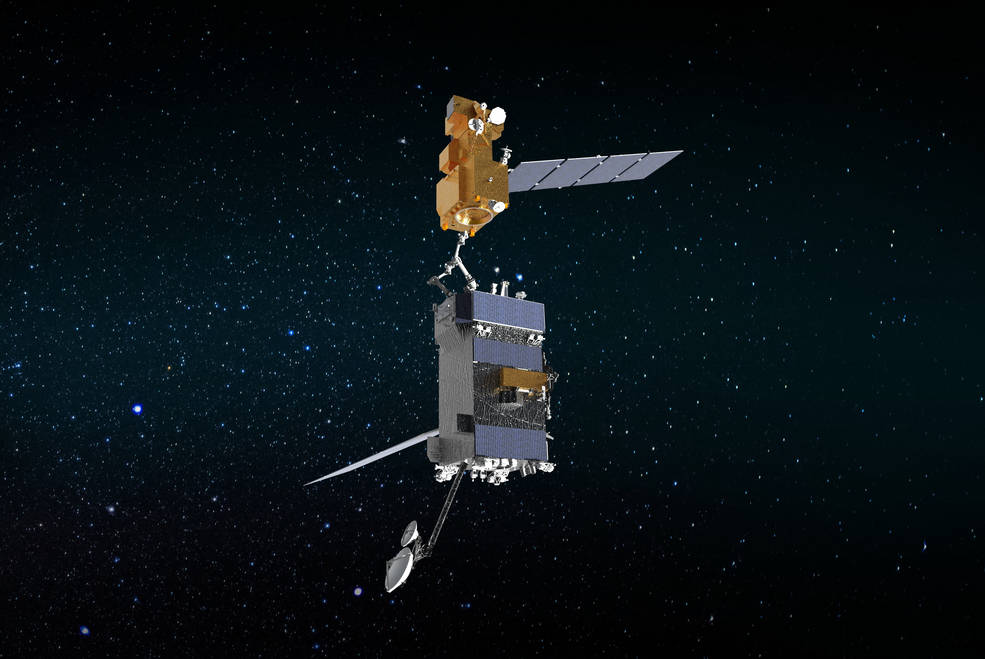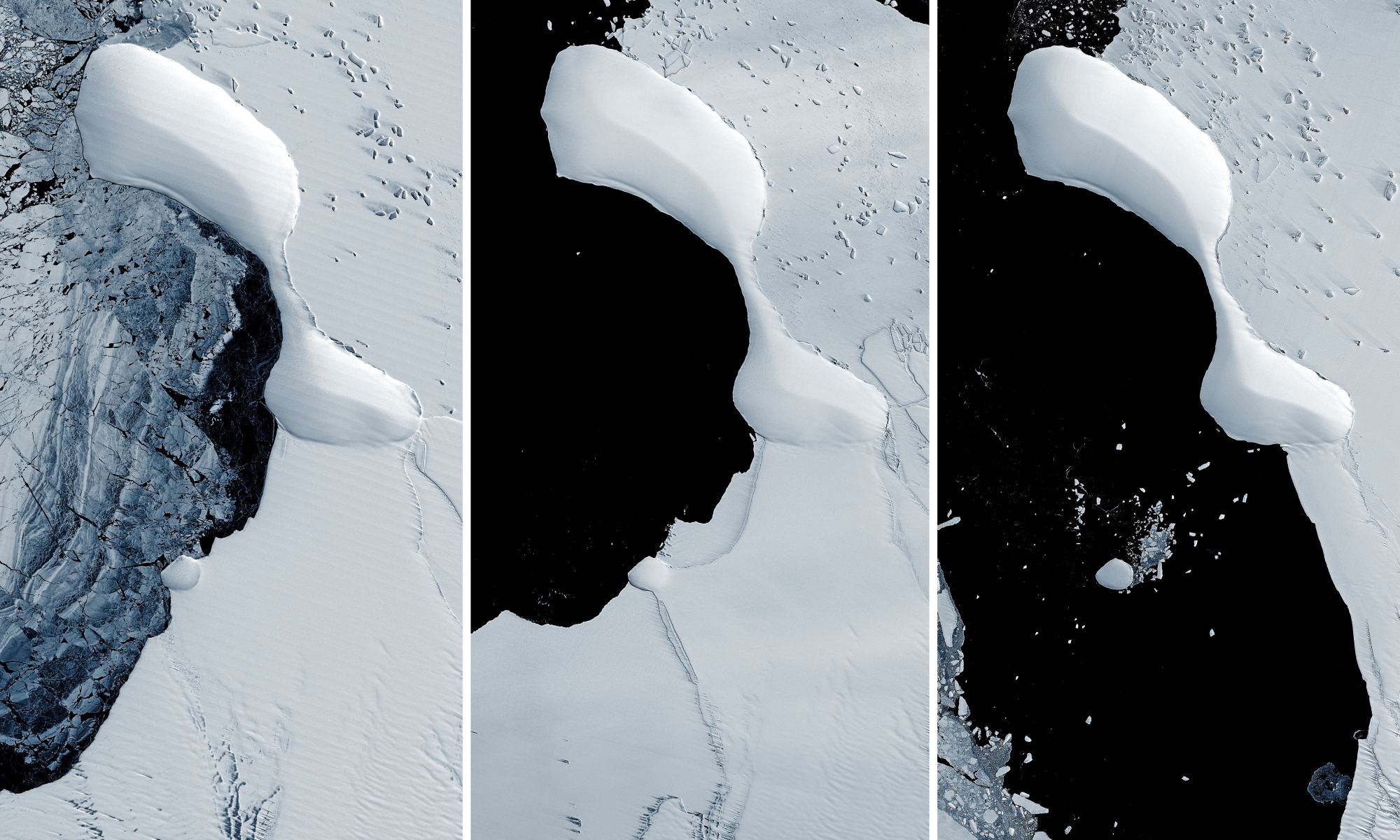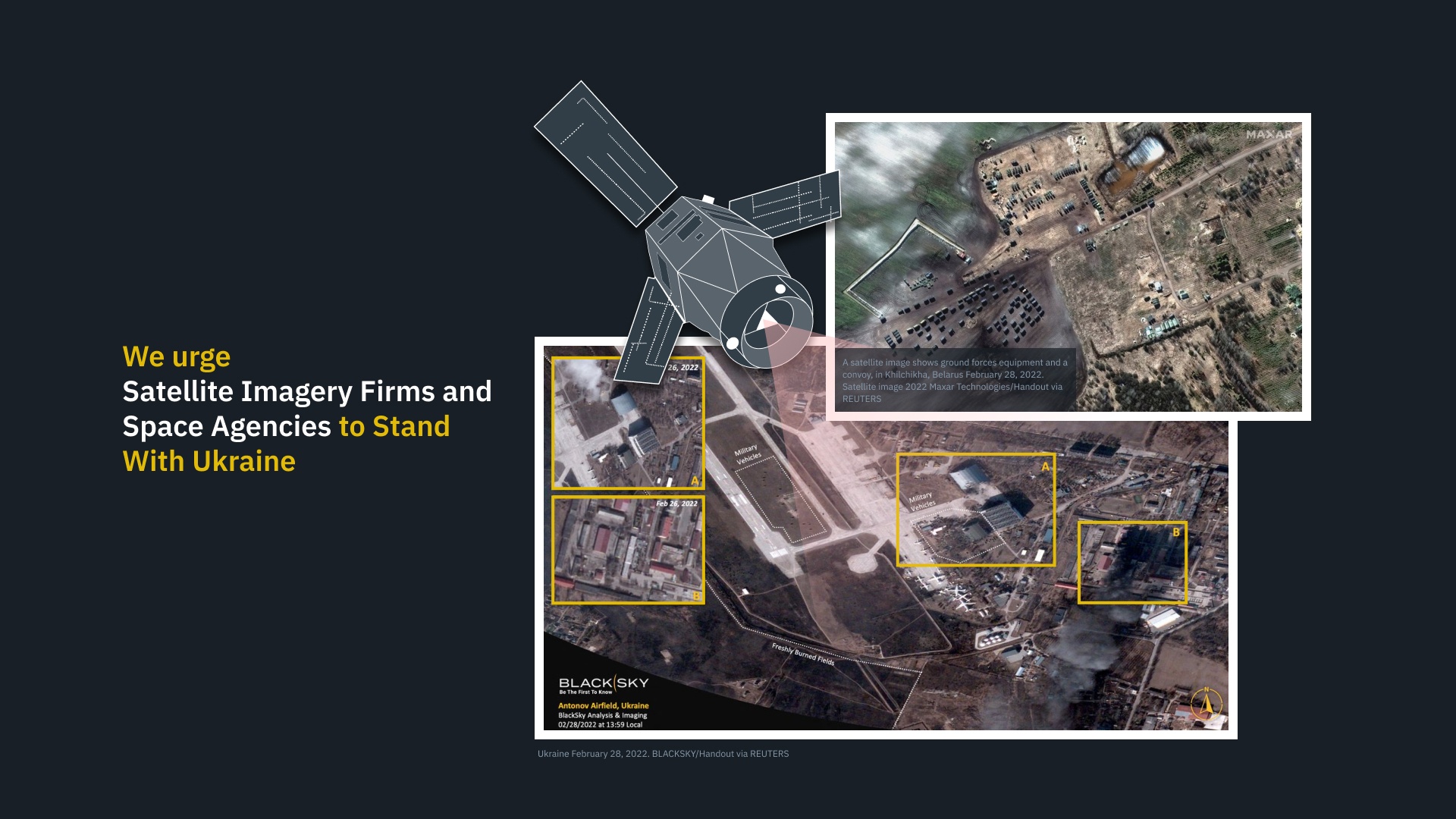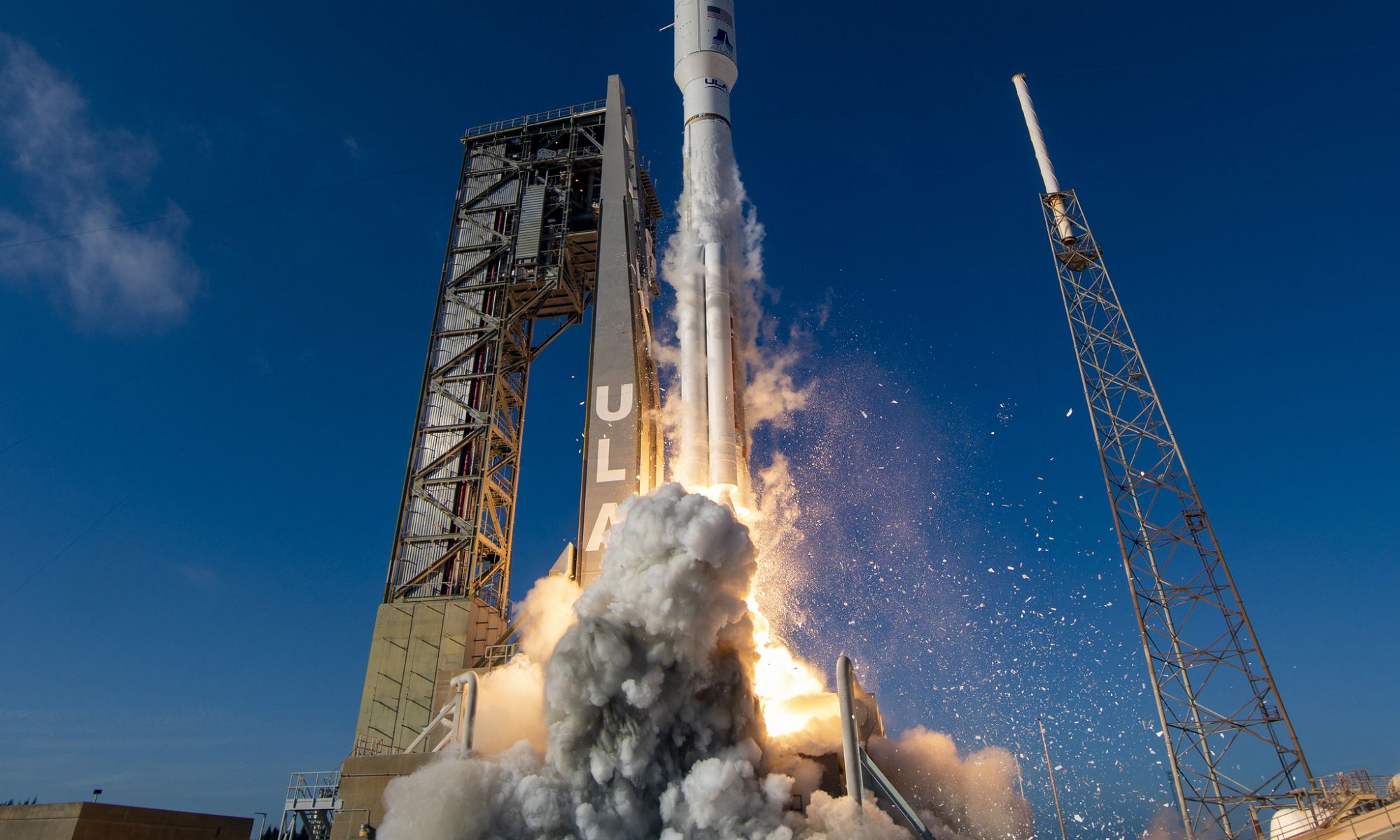SpaceX launched its gigantic Falcon Heavy rocket for the first time in more than three years, sending satellites for the military to orbit. The rocket took off amid heavy fog at Kennedy Space Center on Tuesday, November 1, and a few minutes later two booster segments returned to Earth, sticking the side-by-side landings back at Cape Canaveral.
Continue reading “Falcon Heavy Launches for the First Time in Over Three Years, Carrying Military Satellites to Orbit”Falcon Heavy Launches for the First Time in Over Three Years, Carrying Military Satellites to Orbit



